
Discovery of the M31 [OIII] emission arc
Recently, a major discovery by an international team of amateur astronomers and scientists has become a huge online hit, and this new discovery is just located in one of the
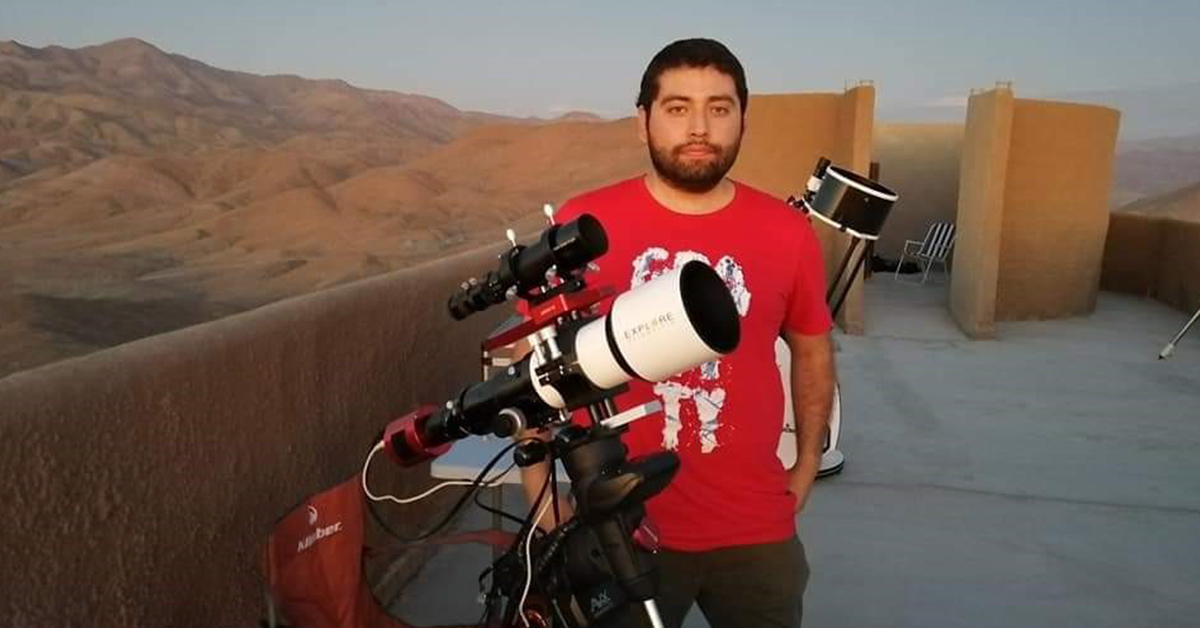
Rodrigo Vera Castro is the winner of ZWO 2020 ASIWEEK #12 and has brought us many extraordinary astronomy photos. To make our ZWOers know this excellent astrophotographer better, we make this interview. Let’s all take a look now.
Thank you very much, my name is Rodrigo Vera Castro, I am 36 years old and I live in Copiapó Chile in the Atacama region, I am an instrumentalist and I work in mining.

Since 2018 I started to assemble my equipment for astrophotography, first I was only interested in planetarium but then I became interested in deep space so I decided to buy apochromatic telescopes and I began to take photos only with a reflex camera, in August 2019 I decided to buy my first ZWO ASI camera refrigerated astronomical camera like this and it was a radical change, my images began to be amazing.
Satisfaction.

I have a Celestron AVX mount, for now, I have a Celestron c8, an Explore Scientific ED80 and ED102-FCD100. I have 3 ZWO cameras, ZWO ASI120MC, ZWO ASI290MM and ZWO ASI183MC Pro. I chose them for their optical quality, with the C8 I can make planetary, galaxies and with the apochromatic I can make deep space, lately, I am performing galaxies with the C8 plus a 0.63 reducer.

Use an AVX mount and a c8, the astronomical camera I used was the ZWO ASI183MC Pro, the photo was taken in Cerro Venado Norte, a wonderful place to perform astrophotography. It is 30 minutes from my house, I decided to make the galaxy of the hat since I’ve always admired the photograph that Hubble took and I wanted to replicate it.
1. Orión, M42
Telescope: Explore Scientific ED80-FCD100
Camera: ZWO ASI183MC Pro
Mount: AVX
Filter: Optolong UVIR
Reducer: Orion 0.8
Guide tube: 50 mm
Camera: ZWO ASI290MM
Light: 40×300
Light: 30×120
Light: 30×15
Stacked: DSS
Process: PixInsigh
Bortle 2, Cerro Venado Norte, Copiapó Chile.

2. NGC 264
Telescope: Explore Scientific ED80-FCD100
Camera: ZWO ASI183MC Pro
Mount: AVX
Filter: Optolong UVIR
Reducer: Orion 0.8
Guide tube: 50 mm
Camera: ZWO ASI290MM
Light: 25X300
Dark: 15
Stacked: DSS
Process: PixInsigh
Bortle 2, Cerro Venado Norte, Copiapó Chile.

3. Horsehead Nebula
Telescope: Explore Scientific ED80-FCD100
Camera: ZWO ASI183MC Pro
Mount: AVX
Filter: Optolong UVIR
Reducer: Orion 0.8
Guide tube: 50 mm
Camera: ZWO ASI290MM
Light: 30×300
Dark: 16
Stacked: DSS
Process: PixInsigh
Bortle 2, Cerro Venado Norte, Copiapó Chile.

4. M45
Telescope: Explore Scientific ED80-FCD100
Camera: ZWO ASI183MC Pro
Mount: AVX
Filter: Optolong UVIR
Reducer: Orion 0.8
Guide tube: 50 mm
Camera: ZWO ASI290mm
Light: 30×180
Dark: 30
Stacked: DSS
Process: PixInsigh
Bortle 2, Cerro Venado Norte, Copiapó Chile.

5. Centauro A
Telescope: Celestron c8
Camera: ZWO ASI183MC Pro
Mount: AVX
Filter: Optolong UVIR
Reducer: Orion 0.8
Guide tube: 50 mm
Camera: ZWO ASI290MM
Light: 36×300
Dark: 10
Stacked: DSS
Process: PixInsigh
Bortle 2, Cerro Venado Norte, Copiapó Chile.

I usually make images of 3 to 5 hours of integration, then in processing I use DSS to stack and PixInsight to process, I almost always take 1 or 2 hours in processing trying to give the best contrast and color to the image.

I take photos from my patio with a narrow-band filter such as the Optolong L-enhanced and I take my best photos outside the city where there is Bortle 2, in the Cerro Venado Norte belonging to the Astronomical Society Orion of Copiapó, in this place we make astronomical disclosure to the community and schools, we also do astrophotography. It is one of the best places on the planet to perform astrophotography because of its dark and pollution-free skies. It is located in the Atacama Region of Chile, and we are building an observatory that will soon be ready.


The first time I made the planet Jupiter and Saturn in 2019, I was shocked by the result and how clear it was seen live through the computer screen, this was done in Cerro Venado Norte with a C8 catadrioptic and ZWO ASI290MM camera.

I have 3, ZWO ASI120MC, ZWO ASI290MM, and ZWO ASI183MC Pro. I met them through forums on the web. They always spoke very well of the astronomical ZWO ASI cameras.
I would like a camera with the size of the sensor of the ZWO ASI183 but with the new features of the cameras such as without amp glow, a 16 bit and OSC camera.
Yes, I hope one day to buy an ASIAIR PRO as it makes life easier for the astrophotographer by integrating everything into a single device.
I always decide on the same day the objective to photograph, at this moment I am interested in photographing the greatest amount of galaxies because this season we have the Virgo and Leo region.

Recently, a major discovery by an international team of amateur astronomers and scientists has become a huge online hit, and this new discovery is just located in one of the
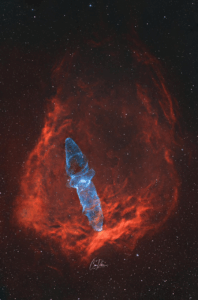
To most people, this might just look like a pretty picture. But to astrophotographer Cem Diken, it’s the result of three years of chasing a nearly invisible ghost in the

I was born in Guadalajara, I’m 38 years old, a musician, communications and electronics engineer, and president of the Guadalajara Astronomical Society A.C. since 2020. First Contact with Astronomy Since
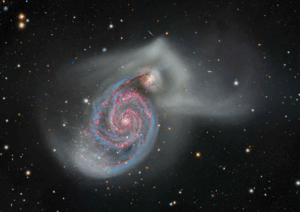
This stunning collaborative project comes from astrophotographers Alex Linde and Thomas Hansson, who joined forces across borders to photograph the Whirlpool Galaxy from Sweden, Poland, and Texas, USA. Thomas traveled across
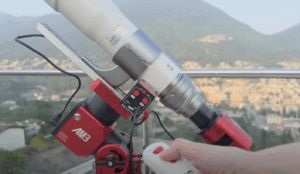
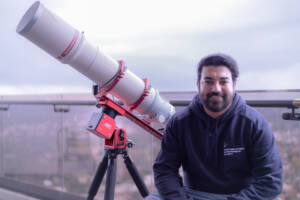
“Two thoughts immediately crossed my mind—the vastness of the cosmos, and that I could also create images like the ones that inspired me.” ” If you spend more time debugging than